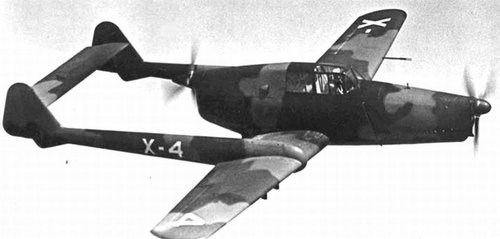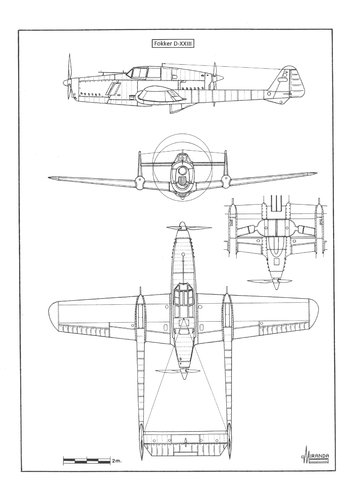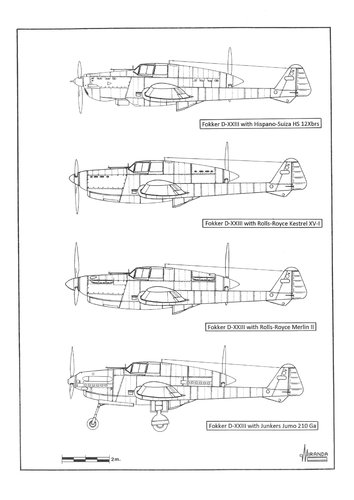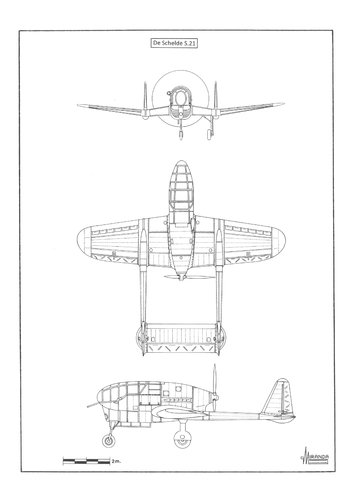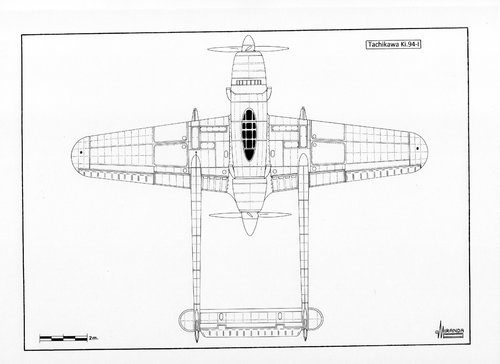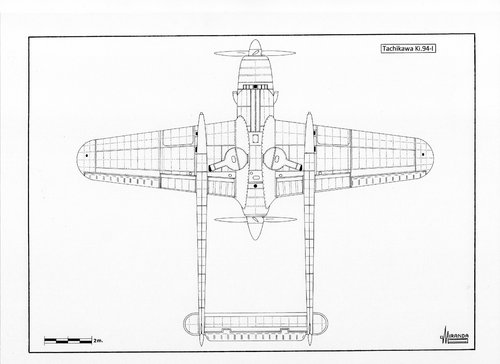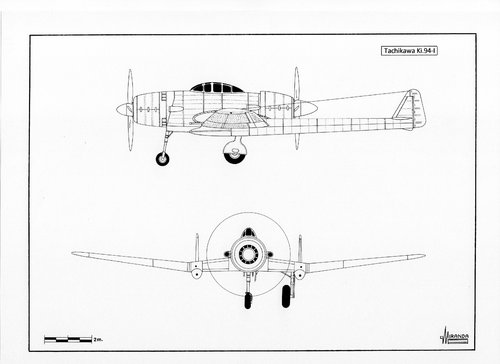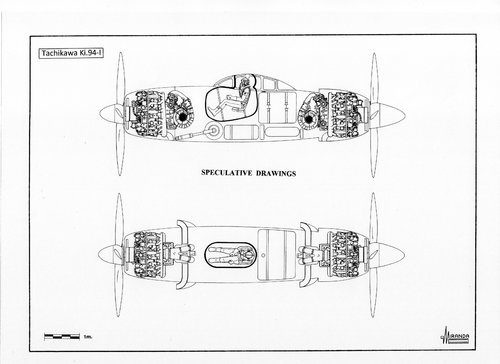- Joined
- 11 March 2012
- Messages
- 3,122
- Reaction score
- 2,962
Many designers have proposed mounting machine guns or cannons in the front of twin booms, but few have entered production.
Why?
Is it merely the hassle of aligning wing-mounted guns?
An early example was the (mockup) Focke-Wulf Flitzer, twin-boom, jet fighter. The Flitzer mockup had a cannon in the front of each tail boom, plus nose armament that resembled the production DH Vampire with a pair of cannons on the underside of the nose
The last know operational use was the Rhodesian conversion of Reims-Cessna 337s with Browning .30 calibre machine-guns mounted on top of the booms. They were primarily used by "Fire Force" against fleeing, light infantry guerillas. The Rhodesian War ended in 1980. Cessna 337 has a rare push-me-pull-you configuration with propellers in both front and rear of the centre passenger cabin. The front propeller prevents installing guns on the nose centre-line. I have never heard of anyone developing synchronization gear for post-WW2, horizontally-opposed, air-cooled engines (current production standard made by Continental, Franklin, Lycoming and Rotax).
Why?
Is it merely the hassle of aligning wing-mounted guns?
An early example was the (mockup) Focke-Wulf Flitzer, twin-boom, jet fighter. The Flitzer mockup had a cannon in the front of each tail boom, plus nose armament that resembled the production DH Vampire with a pair of cannons on the underside of the nose
The last know operational use was the Rhodesian conversion of Reims-Cessna 337s with Browning .30 calibre machine-guns mounted on top of the booms. They were primarily used by "Fire Force" against fleeing, light infantry guerillas. The Rhodesian War ended in 1980. Cessna 337 has a rare push-me-pull-you configuration with propellers in both front and rear of the centre passenger cabin. The front propeller prevents installing guns on the nose centre-line. I have never heard of anyone developing synchronization gear for post-WW2, horizontally-opposed, air-cooled engines (current production standard made by Continental, Franklin, Lycoming and Rotax).
Last edited:

